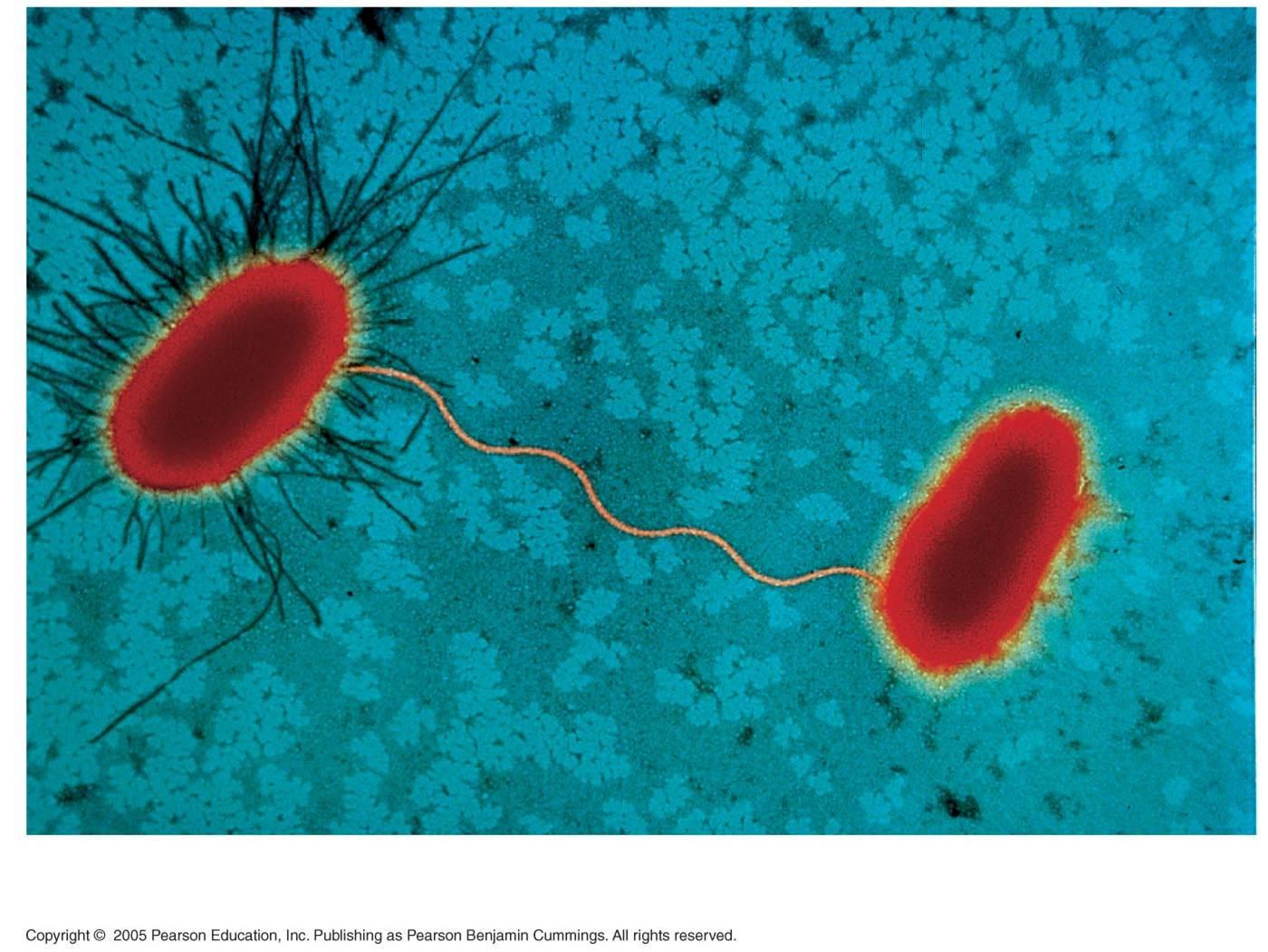ArthritiSux
- 778
- 143
Did sulfer burners become obsolete for pm now?
Did sulfer burners become obsolete for pm now?
I realize this is an old thread; however, having lived in pm hell and conquered same, I figured I'd add my 2 cents.
System: bubbleponics
There was a time I lived at the beach, a heaven for molds and mildew. The pm was sooooo bad that one crop of ak, about 1/4 ot more lb per plant (can't remember shit), was a total loss. One crop after the other fell victim to the insidious stuff. It was like fighting off a Great White.
I tried spraying with high pH tap water, added H2O2, tried sprays from the nursery, Neem oil, nothing worked. Then I was introduced to Eagle 20 (two years later I still have the itty bitty bottle I was given). Poof! Save for every once in a great while, no more pm and even then it's only a very small dab here and there just before harvest. The magic was in the when, not in the how much.
When my clones are around 2 weeks old with nice long roots hanging in the water, I spray them thoroughly with a solution of 1/2 tsp/gal. I spray them up, under, spray the deck, the walls, everything but the lights. I repeat with a lighter solution just before they go into the flower room. That's it as far as foliar treatment goes. I make sure the environment is fungi-unfriendly and make sure they plant cells have an adequate supply of silicon in veg to tighten the cell walls, keeping out pathogens.
Solution breakdown for spray bottles so you don't have to think (I hate math):
1 gal = 4 quarts = 128 ounces = 3776 ml
1 tsp = 5 ml = 16 pipette drops = 0.166 oz
1/2 tsp = 2.5 ml = 8 pipette drops = 0.0833 oz
Let's say your spray bottle is 22 oz. You want 8 pipette drops for 128 ounces. Formula: 8 divided by 128 times 22. Comes out to 1.375 drops. Make it 2 drops. If you screw up and squeeze 3, don't worry. All you have to remember is that you are spraying babies, so you don't need much. Plant babies, like human babies, are sponges and will absorb anything and everything you throw at them, so you don't want to be feeding them steak when they are still on mother's milk.
single-mode action 'cides can easily force pathogens to become resistant.
Farmerjane, I do understand how happy you must have been to have found relief, however, ...
Do you ever use physical barriers such as horticultural oils? Anything else as part of your IPM (integrated pest management), which is recommended by the manufacturer of E20, who say it must be rotated, not used as a standalone?
Oh.. no label, eh? I agree, get all labels, including MSDS. :)
True, neverbreak, and a good point. The modes by which fungi become resistant may or may not be similar to how bacteria do it--which is that those individuals that survive are quite literally able to share that specific survival information (genetic/genes) with other bacteria, including other species. When that's considered, along with their rates of reproduction, you should become frightened by the possibilities. Like I said, I don't know if fungi can do it the same way, but I wouldn't be surprised if they can, maybe even better.

Too funny. Unless the dang thing looks a science experiment. Ahem, no, you may NOT look in the back of my refrigerator.LMAO! You just touched on what can become a HUGE argument between me and my MOM. She'll say, "Oh, we can't use this, it's expired." And I'll say, "Fuck that! Open it up and smell it." She gets so mad at me, and flat out refuses to eat whatever it is.
If you can't control it with simple beneficial teas and harmless foliar..a good place to start is to filter your intakes and get a sulfur burner. It can be a little tricky using it indoors, but if you seal the room and put fan controls outside, you can easily do a 1-2 hour burn. I like to do mine in the veg room and I give them a treatment when I flip them. This is all maintenance as a preventative. The sulfur is beneficial to the plants and any residue will be long gone come harvest. It works and I know some areas of the world are bad for PM..you just have to run measures before it gets a foothold and keep on keepin on.Too funny. Unless the dang thing looks a science experiment. Ahem, no, you may NOT look in the back of my refrigerator.
Monkeymum, thank you very much for your post, plus sea - I liken the overuse of 'cides to the overuse of antibiotics.
I had to stop my studies for a bit to ready some produce. This is one of the batches that I almost lost from neglect while I was in the hospital.
Sea, in deference to your statements ref E20, I've decided to forego my usual spray in the nursery until I've developed a better understanding of the product(s) I'm using to prevent PM. The weather is turning cold; we can control the grow area environment without running up an electric bill that resembles the national debt as we did this summer.
This buys me a little time to study and perhaps find a better solution for where we live.
